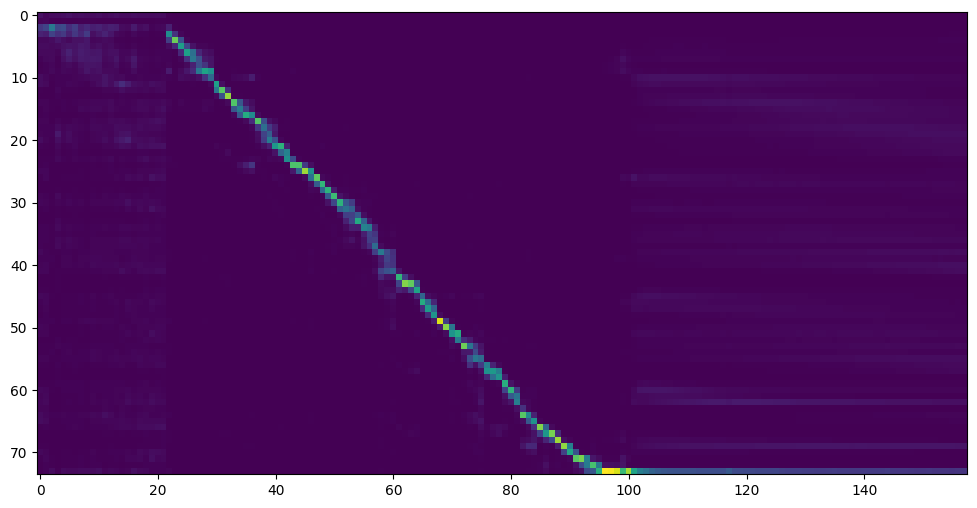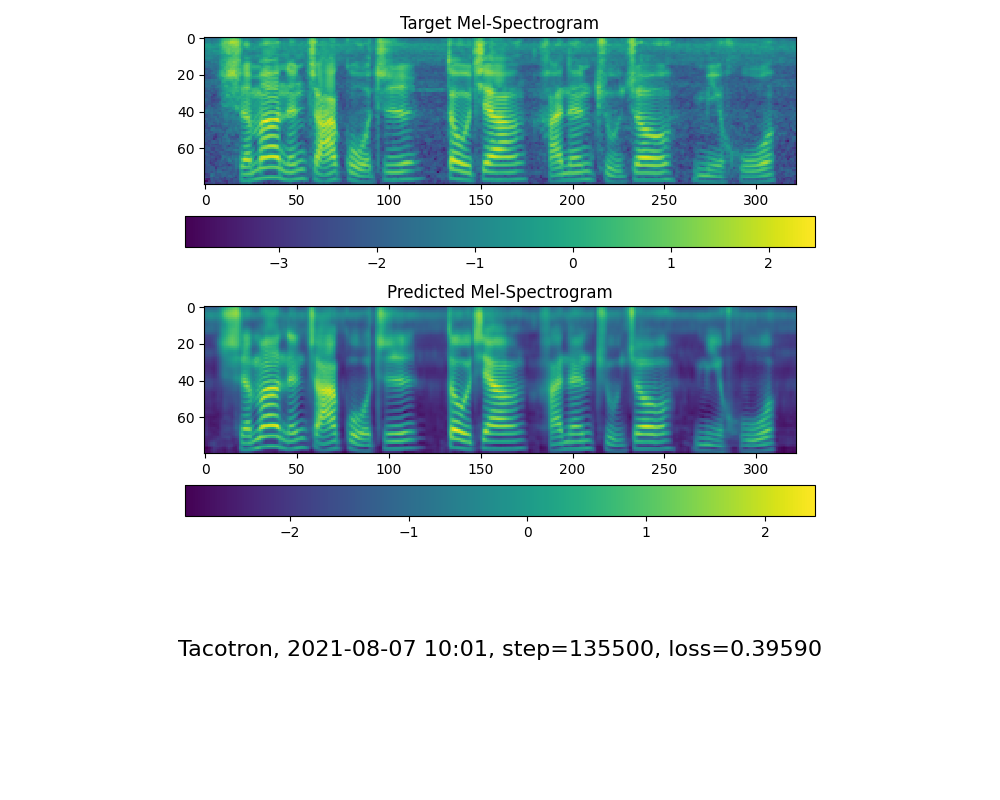4.7 KiB
English | 中文
Features
🌍 Chinese supported mandarin and tested with multiple datasets: aidatatang_200zh, magicdata, aishell3
🤩 PyTorch worked for pytorch, tested in version of 1.9.0(latest in August 2021), with GPU Tesla T4 and GTX 2060
🌍 Windows + Linux tested in both Windows OS and linux OS after fixing nits
🤩 Easy & Awesome effect with only newly-trained synthesizer, by reusing the pretrained encoder/vocoder
DEMO VIDEO
Quick Start
1. Install Requirements
Follow the original repo to test if you got all environment ready. **Python 3.7 or higher ** is needed to run the toolbox.
- Install PyTorch.
If you get an
ERROR: Could not find a version that satisfies the requirement torch==1.9.0+cu102 (from versions: 0.1.2, 0.1.2.post1, 0.1.2.post2 )This error is probably due to a low version of python, try using 3.9 and it will install successfully
- Install ffmpeg.
- Run
pip install -r requirements.txtto install the remaining necessary packages. - Install webrtcvad
pip install webrtcvad-wheels(If you need)
Note that we are using the pretrained encoder/vocoder but synthesizer, since the original model is incompatible with the Chinese sympols. It means the demo_cli is not working at this moment.
2. Train synthesizer with your dataset
- Download aidatatang_200zh or other dataset and unzip: make sure you can access all .wav in train folder
- Preprocess with the audios and the mel spectrograms:
python pre.py <datasets_root>
Allowing parameter --dataset {dataset} to support adatatang_200zh, magicdata, aishell3, BZNSYP
If it happens
the page file is too small to complete the operation, please refer to this video and change the virtual memory to 100G (102400), for example : When the file is placed in the D disk, the virtual memory of the D disk is changed.
-
Train the synthesizer:
python synthesizer_train.py mandarin <datasets_root>/SV2TTS/synthesizer -
Go to next step when you see attention line show and loss meet your need in training folder synthesizer/saved_models/.
FYI, my attention came after 18k steps and loss became lower than 0.4 after 50k steps.

2.2 Use pretrained model of synthesizer
Thanks to the community, some models will be shared:
| author | Download link | Previow Video |
|---|---|---|
| @miven | https://pan.baidu.com/s/1PI-hM3sn5wbeChRryX-RCQ code:2021 | https://www.bilibili.com/video/BV1uh411B7AD/ |
A link to my early trained model: Baidu Yun Code:aid4
2.3 Train vocoder (Optional)
-
Preprocess the data:
python vocoder_preprocess.py <datasets_root> -
Train the vocoder:
python vocoder_train.py mandarin <datasets_root>
3. Launch the Toolbox
You can then try the toolbox:
python demo_toolbox.py -d <datasets_root>
or
python demo_toolbox.py
Good news🤩: Chinese Characters are supported
TODO
- Add demo video
- Add support for more dataset
- Upload pretrained model
- Support parallel tacotron
- Service orianted and docterize
- 🙏 Welcome to add more
Reference
This repository is forked from Real-Time-Voice-Cloning which only support English.
| URL | Designation | Title | Implementation source |
|---|---|---|---|
| 1806.04558 | SV2TTS | Transfer Learning from Speaker Verification to Multispeaker Text-To-Speech Synthesis | This repo |
| 1802.08435 | WaveRNN (vocoder) | Efficient Neural Audio Synthesis | fatchord/WaveRNN |
| 1703.10135 | Tacotron (synthesizer) | Tacotron: Towards End-to-End Speech Synthesis | fatchord/WaveRNN |
| 1710.10467 | GE2E (encoder) | Generalized End-To-End Loss for Speaker Verification | This repo |


